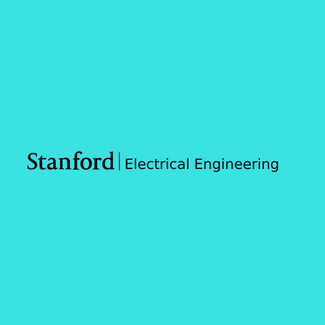
Physics does Optimization (for Free); Progress in Physics-Based Optimization Circuits
(4:15 pm refreshments)
Zoom Link
Meeting ID: 993 2685 7120
Password: 381268
Abstract: Optimization is vital to Engineering, Artificial Intelligence, and to many areas of Science. Mathematically, we usually employ steepest-descent, or other digital algorithms. But, every inequality in Physics, performs optimization in the normal course of dynamical evolution--for free. Nature provides us with the following optimization principles: 1. The Principle of Least Action; 2. The Variational Principle of Quantum Mechanics; 3. The Principle of Minimum Entropy Generation; 4. The First Mode to Threshold method; 5. The Principle of Least Time; 6. The Adiabatic Evolution method; 7. Quantum Annealing In effect, Physics can provide machines which solve digital optimization problems much faster than any conventional computer. Of these physics principles, “Minimum Entropy Generation” in the form of bistable electrical or optical circuits is particularly adaptable [1] toward offering digital Optimization. For example, we provide the electrical circuit which can address the challenging Ising problem, binary magnet energy minimization. Since Onsager, [2] (1931, Nobel Prize 1968) introduced the Principle of Minimum Entropy Generation we call this Onsager Computing, as opposed to conventional Von Neumann Computing. In ref. 1 we showed that many of the schemes for Physics-Based-Optimization, reduce to the Onsager Principle. Electrical Onsager Computers run ~10000 times faster have ~10000 times less energy-to-solution, than conventional machines. Furthermore, optical Onsager machines provide an additional 1000 times increase in speed.
References: [1] Sri K. Vadlamani, T. Patrick Xiao and Eli Yablonovitch, "Physics Successfully Implements Lagrange Multiplier Optimization" Proceedings of National Academy of Sciences USA 117 26639-26650 (2020). https://doi.org/10.1073/pnas.2015192117 [2] L. Onsager, “Reciprocal Relations in Irreversible Processes. II." Physical Review, vol. 38, pp. 2265-2279, (Dec. 1931)
Biography: Prof. Yablonovitch introduced the idea that strained semiconductor lasers could have superior performance due to reduced valence band (hole) effective mass. With almost every human interaction with the internet, optical telecommunication occurs by strained semiconductor lasers. He is regarded as a Father of the Photonic BandGap concept, and he coined the term "Photonic Crystal". The geometrical structure of the first experimentally realized Photonic bandgap, is sometimes called “Yablonovite”. In his photovoltaic research, Yablonovitch introduced the 4(n squared) (“Yablonovitch Limit”) light-trapping factor that is in worldwide use, for almost all commercial solar panels. His mantra that "a great solar cell also needs to be a great LED”, is the basis of the world record solar cells: single-junction 29.1% efficiency; dual-junction 31.5%; quadruple-junction 38.8% efficiency; all at 1 sun. His cellphone antenna company, Ethertronics Inc., shipped over 2x10^9 antennas. He was also a co-Founder of Luxtera Inc., the pioneer in Silicon Photonics, now part of Cisco. He co-Founded Luminescent Inc., the company that originated “Inverse Lithography Technology”.